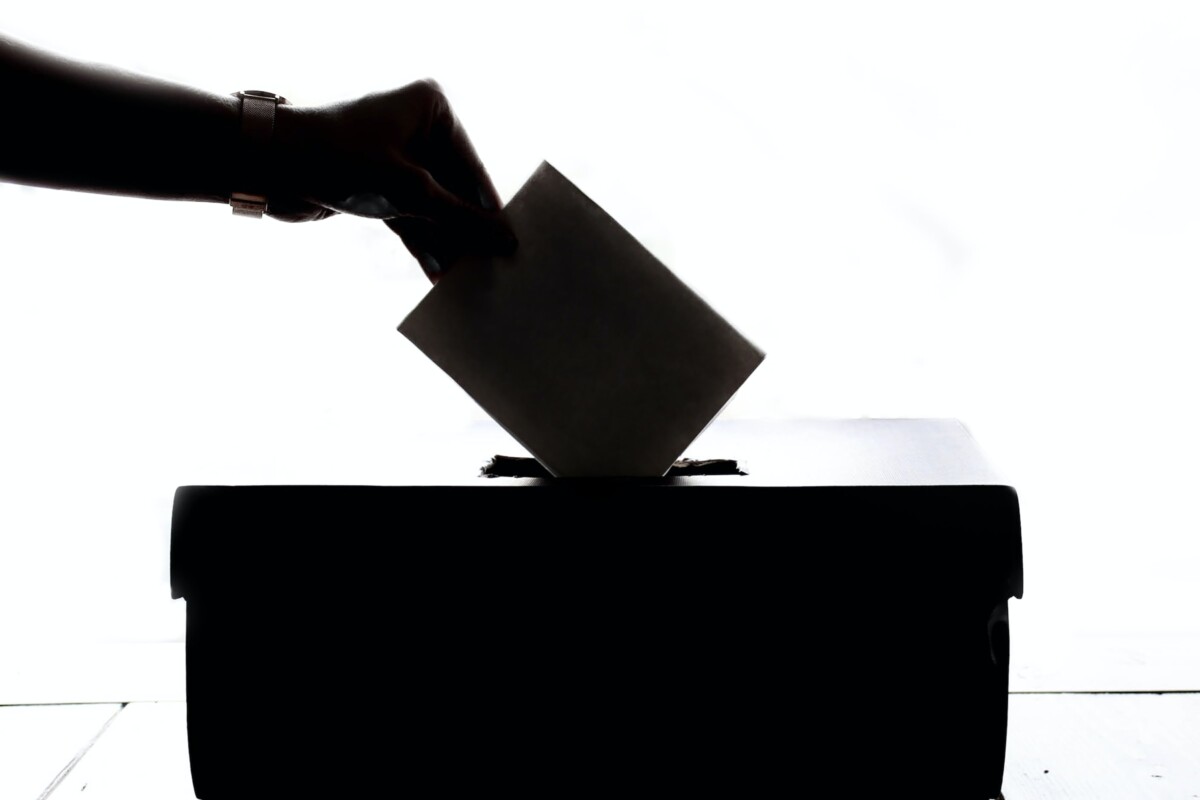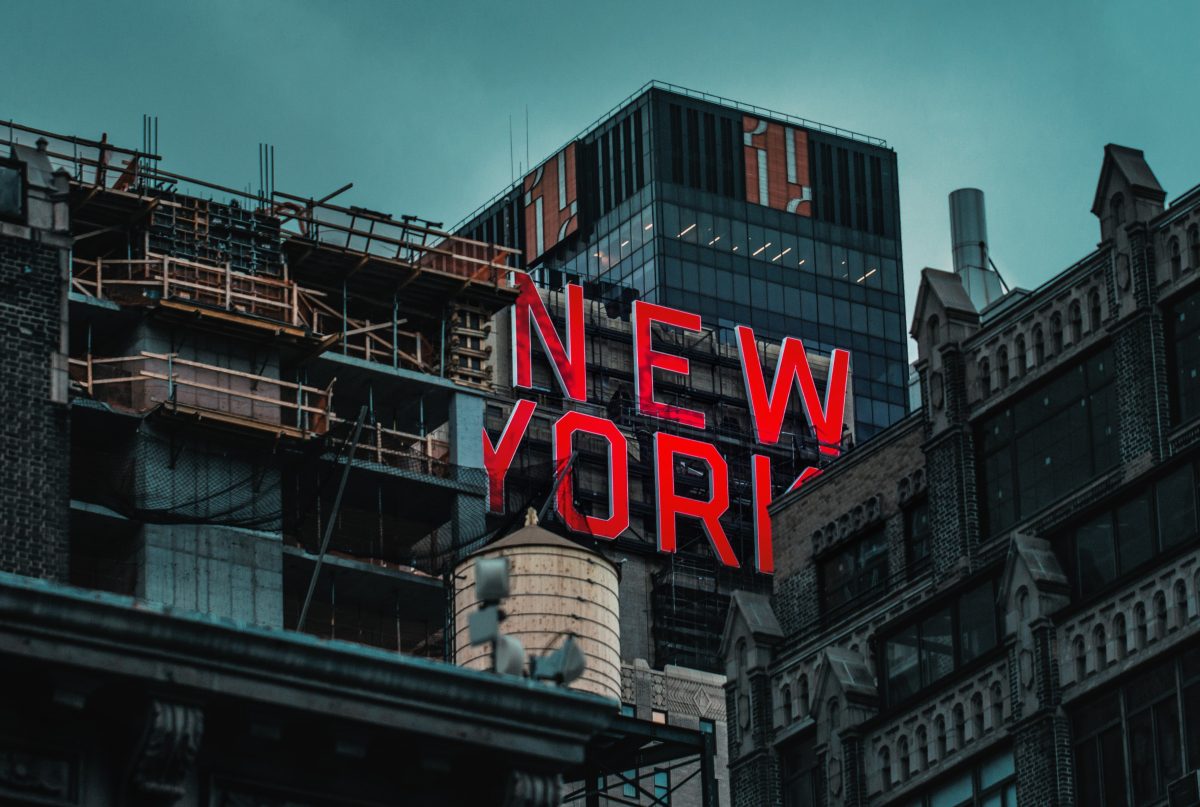Three years after former President Donald Trump withdrew the U.S. from a landmark nuclear agreement with Iran, Tehran’s government is closer to having the material needed for a nuclear weapon than if the deal had remained in place.
Iranians have enriched more uranium to higher levels using more sophisticated technologies than they would otherwise have had access to under a strict monitoring regime. Those developments have led President Joe Biden’s administration to join diplomats from Europe, China and Russia in seeking to revive the 2015 agreement, which reined in Tehran’s atomic program in exchange for relief from economic sanctions.
How close is Iran to making a bomb?
Iran has accumulated enough enriched uranium (meaning it has an increased concentration of the isotope uranium-235) to construct several bombs should its leaders choose to purify the heavy metal to the 90% level typically used in weapons. By producing 2.4 kilograms (5.3 pounds) of highly enriched uranium, purified to levels of 60%, the nation demonstrated that its engineers could quickly move to weapons-grade. International Atomic Energy Agency inspectors report Iran has stockpiled more than 3,000 kilograms of low-enriched uranium, which typically has 3%-5% concentration of U-235, as well as 63 kilograms of the material enriched to 20% purity.
Why is enrichment so important?
Obtaining the material necessary to induce atomic fission is the most difficult step in the process of making nuclear power or bombs. Countries need to develop an industrial infrastructure to produce uranium-235 isotopes, which comprise less than 1% of matter in uranium ore but are key to sustaining a fission chain reaction. Thousands of centrifuges spinning at supersonic speeds are used to separate the material. The IAEA keeps track of gram-level changes in uranium inventories worldwide to ensure the material isn’t being diverted for weapons. Whether or not Iran retains the right to enrich uranium has been at the heart of its nuclear conflict with the U.S. for two decades.
Did the 2015 deal slow Iran’s progress?
Yes. The deal was written to ensure that even if it was someday broken, Iran would need at least a year to restore weaponization capacity. Iran forfeited some 97% of its enriched uranium and mothballed three-quarters of the industrial capacity needed to refine the heavy metal. Before the accord, Iran had enough to potentially build more than a dozen bombs. Iran always maintained it was pursuing nuclear energy, not nuclear weapons, but world powers doubted that claim.
Why did Iran break its part of the agreement?
President Hassan Rouhani waited a year after the Trump administration reimposed sanctions before giving the orders to break the nuclear covenants set out by the accord. Over the last 18 months, Iran has shown it could steadily lift its atomic capacity despite the best efforts of saboteurs and assassins to derail the program.
Can the deal be revived?
Biden promised during his presidential campaign that if Iran returned to compliance with its obligations under the 2015 deal, the U.S. would also return to the deal and lift sanctions. Diplomats bunkered down in Vienna have conducted intensive talks over two months to revive the accord. As of the beginning of June, they’d made substantial progress and were close to reinstituting the safeguards needed to ensure Iran can’t construct a weapon. Iran says it wants to repair the deal before President Hassan Rouhani leaves office in August. The country’s June 18 election is expected to favor political hardliners who are more hostile to the U.S. and the nuclear agreement.
What happens if the agreement is revived?
To return to compliance with the deal’s limits, Iran would have to dramatically reduce uranium stockpiles and sideline much of its enrichment technology. International inspectors would again have full access to places where nuclear material is produced, an important consideration as monitors continue parsing information about the country’s alleged historical weapons-related activities. Iran would win reprieve from sanctions that hamstrung its exports of oil and other economic activities. While some of the nuclear limitations in the deal begin to expire in 2025, diplomats expect follow-on talks to take place that would focus on regional security and Iran’s production of ballistic missiles.
What happens if there’s no deal?
After entering the original deal in 2015, then-President Barack Obama said the alternative might have been a military conflict with major disruptions to the global economy. Over the last three years, the dispute between Washington and Tehran has roiled the wider Middle East, fueling conflicts where Iran and American allies are on opposing sides, with Iran blamed for attacks on shipping in key waterways.




